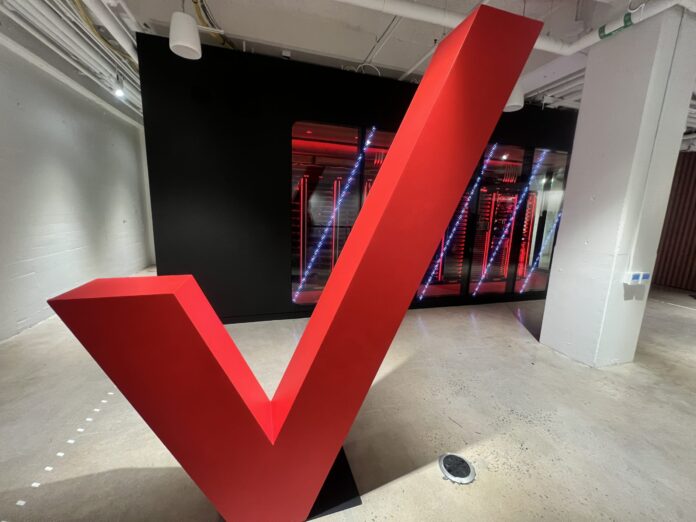What’s ahead for Verizon’s network in 2024? Joe Russo, the carrier’s EVP and president of global networks and technology, discussed some of the deployment trends and customer demands that the mobile network operator is seeing as 5G continues to evolve.
Russo spoke at this week’s Wells Fargo 7th Annual TMT Summit Conference, addressing questions on Fixed Wireless Access (FWA), the ongoing C-Band deployment, enterprise use of private networks and more.
Here’s some of what he had to say:
On private networks: “The private network space is really building,” Russo told moderater and senior analyst Eric Luebchow of Wells Fargo, adding that Verizon is increasingly seeing enterprise customers who have tried a private network coming back to them to do more because of the problems that it solves. In addition, Russo said, “By having … deployments in place at ports, at manufacturing facilities, at NFL stadiums, now we’re able to also show other companies, these are the kind of problems we’re solving. So if you have … problems with a fixed or a Wi-Fi network, private networks are the solution. We’ve proven them out.
“Lot of customers are doing test cases to check us a little bit, but that momentum is definitely building,” he said, going on to add, “We’re seeing momentum going into ’24. The scale of it, I would say we still have a lot to learn about how big it gets, but we are definitely seeing momentum build going into 2024. The pipeline is very robust.”
On enterprise FWA: “We’re seeing more and more enterprises look to us to use fixed wireless access, both for backup and primary connections,” Russo said. “If they have branches all around the country, [these businesses] want access to that kind of throughput in all of the branches. So as we continue to roll out Fixed Wireless Access beyond the suburban and dense urban areas, it gives us more and more opportunity to also capture some of the enterprise use cases as well.”
On C-Band: Russo described a shift with Verizon’s C-Band deployment, from an initial focus on urban areas in the top 46 Partial Economic Areas (geographic licensing areas) and surpassing 230 million covered POPs. He said Verizon’s goal is to deploy C-Band spectrum on its existing macro site network in all 406 PEAs, which will happen over the next couple of years and “follow where customer demand is. So where we see we need capacity, coverage or capabilities in the network, that’s where we’ll target next.” In addition, Verizon will also target C-Band expansion in areas where it is likely to bring on additional FWA customers, Russo added. “Over the next couple of years, we’ll be rolling out into the more suburban and rural areas with the intent of really covering our existing macro network with C-Band,” he said.
On millimeter-wave spectrum: “We love our millimeter wave spectrum,” Russo declared. “We’re using it in new and different ways than we even thought of few years ago. … It’s a great tool in our toolbox to handle capacity and to allow customers to do things they never could do before in certain areas.” He said that while Verizon first focused on mmWave in venues and dense urban areas, “now we’re starting to use it in many different areas, beaches, in open air venues, in downtown urban areas to really give customers the kind of experience that they couldn’t do … where lots of people gather and they wanted to do things.” He went on to cite the example of Taylor Swift concerts where Verizon customers want to capture and stream the experience to others. “There’s no way we can deliver that kind of experience for our customers without millimeter wave,” he said.
On Open RAN: “If I look at the performance of the O-RAN at this point, it can’t do the kind of things like massive MIMO at 16 [transmit]-16 [receive, or] 64T/64R, those kind of performance measures. We’re just not there yet. And until we are, it doesn’t have a place necessarily in the kind of performance that I want to deliver to my customers,” Russo concluded.
On overall network densification and fiber deployment: “We’re kind of on a steady path of adding macros and small cells to densify the network where we see capacity or coverage needs,” Russo said, including macro site modifications to continue adding C-Band spectrum over the next couple of years. “I’m not sure that beyond that, I see a real need to further densify,” he continued, but added the caveat that it’s a “watch and see” situation that may change depending on new 5G use cases that emerge. “We definitely are starting to dream a little bit about, what does the future 5G Ultra Wideband network look like?” he offered, but said that it will be “use-case driven” based upon which business or consumer 5G use cases pick up speed and require additional densification in order to support them.

